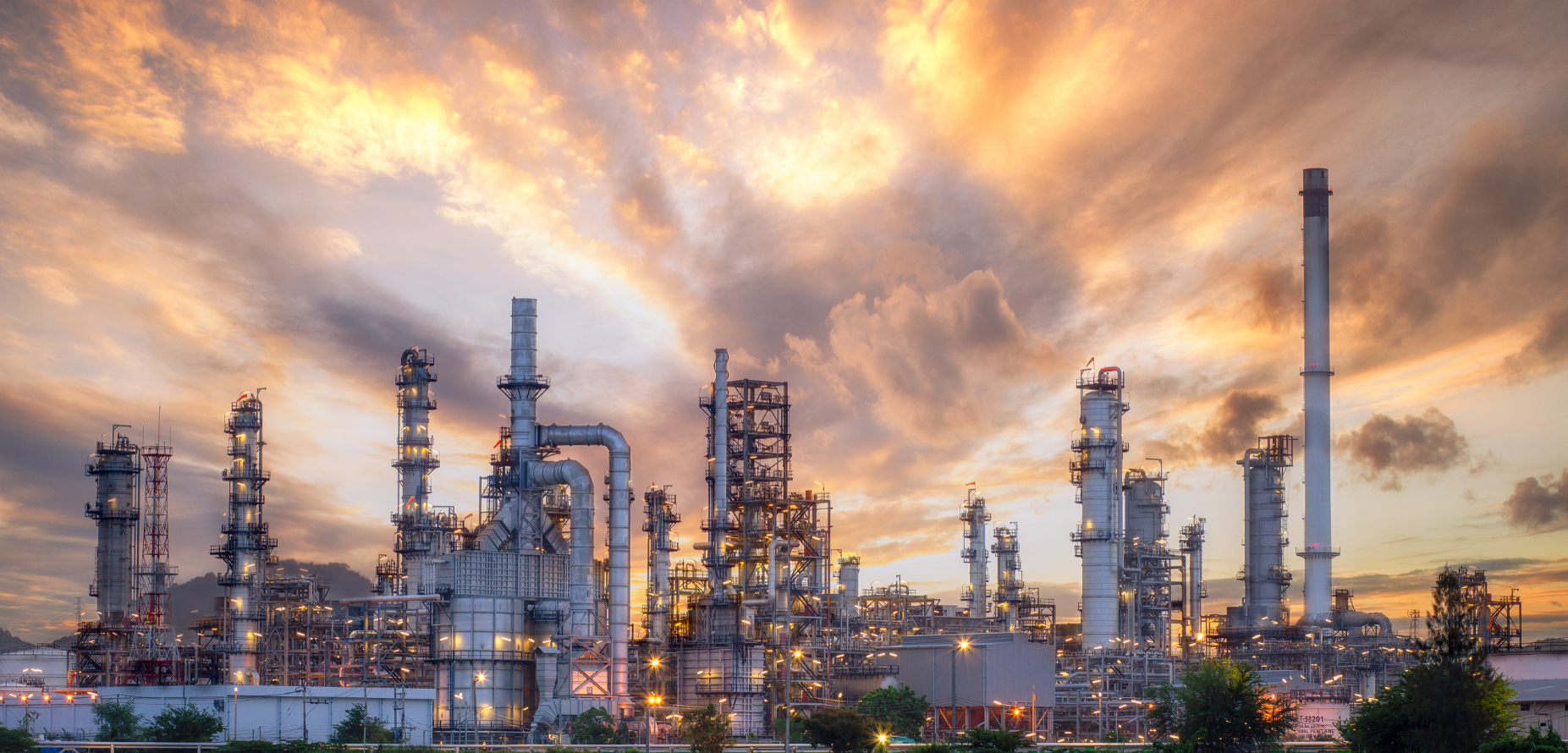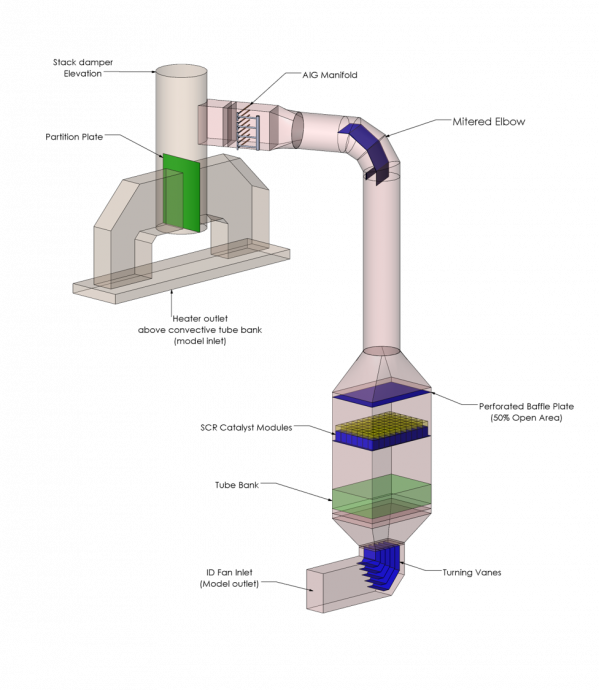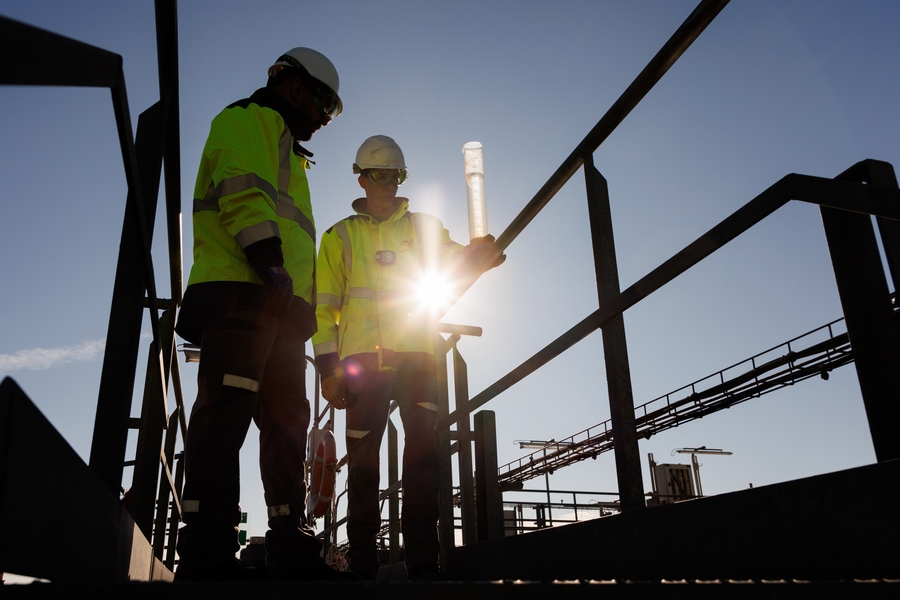
Emissions Reduction
Heurtey Petrochem Solutions is commercializing processes & equipment for emission reductions from various sources:
- Heater / Burner modification for NOx and CO emission reduction
- Post combustion
- Selective Non-Catalytic NOx Reduction (SNCR) and Selective Catalytic NOx Reduction (SCR) using solid urea, urea solution, anhydrous ammonia or aqueous ammonia solution
- Catalytic CO
- Catalytic VOC
- SOx
- Particulate matter

Classification of Emissions from Fired Heaters
NOx
Toxic. Produced in the combustion process, either by thermal or chemical, or a prompt NOx mechanism
SOx (sulfur di-oxide: SO2, or sulfur tri-oxide: SO3)
Toxic. SOx emission does not depend on the equipment (heater nor burners). This emission happens only when there is sulfur in the fuel. Any sulfur present in the fuel will come out as SOx species.
Particulate Matter (PM)
They basically occur mainly from fuel oil firing, in the form of soot, or from CO Boiler, as catalyst fines.
CO (carbon monoxide)
Toxic. It is produced from incomplete combustion or in some processes, it is produced in mass as an unavoidable side-product (e.g., FCC catalyst regen).
VOC (Volatile Organic Compounds)
It contains compounds of carbon, which participates in atmospheric photochemical reactions. (Example: propane).
CO2 (carbon di-oxide)
It is a major contributor to Greenhouse Gas (GHG). However, it is not considered as a pollutant since it is naturally present in the atmosphere. When there is a complete combustion of a fossil fuel, CO2 is generated.
Get in Touch with Us!
Have questions about our offers and solutions or need assistance? The Axens team is here to help. Just a message away!
